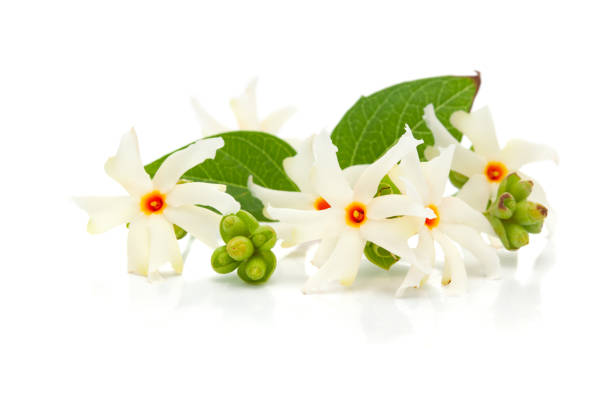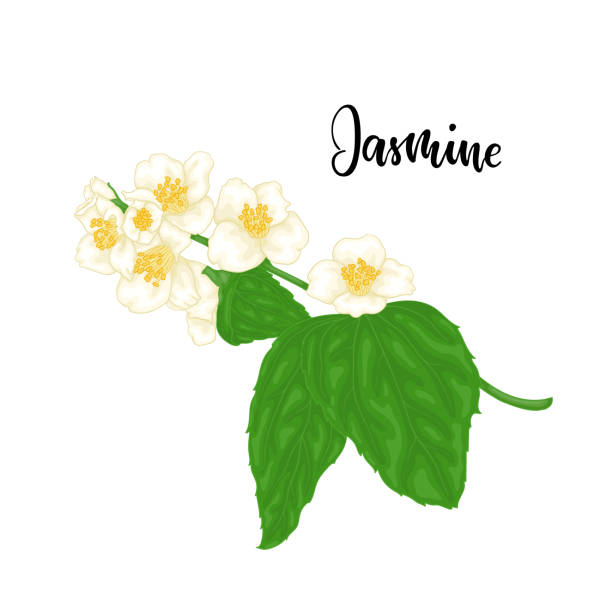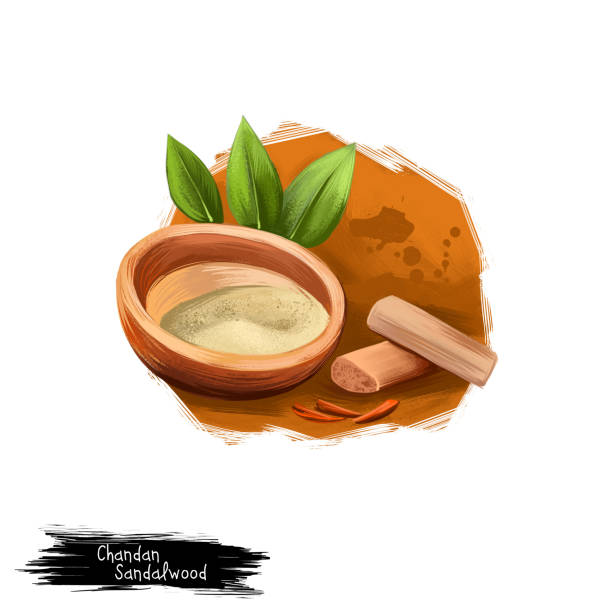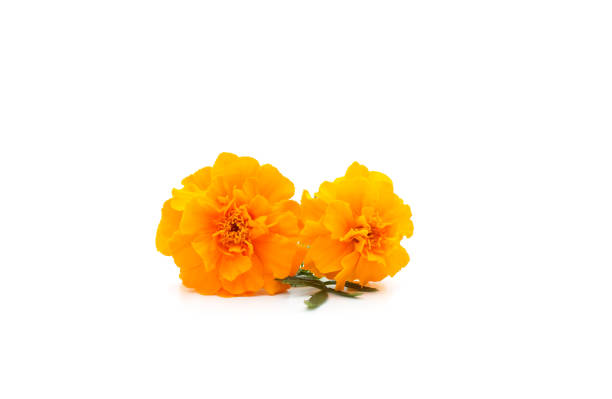
The Parijat Flower: A Memory I Hold Close
There is a certain magic that lingers in the scent of a flower, and for me, that flower is the Parijat. I can still vividly recall the mornings of my childhood when the very first rays of the sun would gently illuminate our garden, and the ground would be sprinkled with the soft, white petals of the Parijat. Its scent, a perfect blend of sweet and refreshing, would immediately transport me to a time when everything felt simple and pure.
I was around eight or nine years old when my love for this flower blossomed. Every morning, my mother would wake me up before dawn, the sound of her soft voice gently coaxing me from my sleep. “Get up, dear. The Parijat flowers are waiting for you,” she’d say with a smile. I always knew what that meant — it was time for our ritual.
In the cool, early hours, I would run barefoot into the garden, feeling the soft, wet earth beneath my feet. The Parijat tree stood tall in the corner of our yard, its branches heavy with clusters of white flowers, some still clinging to the branches, and others scattered across the ground like little pearls. But what made the morning truly magical was the scent — the fragrance of Parijat was unlike anything I’d ever known. It was sweet, yes, but also sharp and citrusy, like a burst of fresh air with a touch of something musky beneath it. It was floral but with an almost ethereal quality, as if the breeze carried a trace of the divine itself.
There was something about plucking these flowers that made me feel like I was a part of something sacred. Each delicate blossom seemed to shimmer under the early morning light. As I picked them, I’d carefully tuck them into a small basket, hoping to collect enough for the garland I was about to create. The flowers were so soft, almost velvety, and when I held them close, their scent would fill my senses, lingering in the air like a quiet prayer. That fragrance, warm and intoxicating, seemed to weave itself into the very fabric of the morning.
I was always so excited to make that garland, knowing it would adorn the small brass idol of Lord Krishna in our home temple. There was a sense of devotion in it, but also a sense of pride. My little hands, tiny as they were, would weave the flowers together, one by one, with a childlike concentration. The heady scent of the flowers mixed with the earthy smell of the morning dew on the garden soil, creating an olfactory symphony that felt as if the universe itself was blessing my small creation. I’d take extra care to make sure each flower was placed just right, as if my skill at creating the perfect garland was a reflection of how much love I had for the divine.
The Parijat flowers weren’t just beautiful; they were special. In our tradition, we believed that these flowers had a divine origin — they were a gift from the heavens. Legend had it that the Parijat tree had been brought to earth by Lord Krishna himself, and that made it all the more meaningful to me. The ritual of making the garland was not only about the worship itself but about connecting with a memory of the divine, something I could feel deep in my heart as I strung each delicate petal.
There was a certain joy in those early mornings — the quiet stillness, the soft chirping of birds, and the cool breeze brushing past me as I knelt by the tree. My mother would sit beside me, humming a soft lullaby, watching me with a knowing smile. She would often tell me stories about the Parijat flower—how it symbolized purity and how its fragrance was believed to have the power to clear the mind and soul. She would say that these flowers, just like our prayers, were pure offerings to the gods.
The mornings would slip by quickly, as I would carry the garland to the small temple in the corner of our home and offer it with a prayer. I felt a deep connection to that moment, one that transcended words. It was a bond between the divine, nature, and me, something so simple yet so profound.
As the years went by, the Parijat flowers still held their magic. Though time and age have carried me far from that childhood garden, the scent of those flowers, the feel of the morning dew on my feet, and the act of offering a garland remain etched in my soul. Even now, when I catch a whiff of the Parijat in the air, it feels like the universe is reminding me of those tender, sacred moments — the mornings of my childhood when everything was at peace and full of grace.
To me, the Parijat is more than just a flower. It is a piece of my childhood, a symbol of innocence, devotion, and a reminder of the timeless beauty that nature has to offer. Every time I see a Parijat flower, I close my eyes and feel like that eight-year-old girl again — barefoot, carefree, and lost in the delicate wonder of the world around me.
OLFACTIVE PROFILE OF PARIJAT FLOWER
Scent profile
Top notes: Green, muguet, floral apple, fruity plum, and grapefruit
Heart notes: Jasmine, ylang, rose, gardenia, and lilac
Base notes: Woody, warm, and well rounded
Other characteristics
The Parijat flower is white with a bright orange dot in the center.
It blooms at night and the flowers fall to the ground at the first rays of sunlight.
The Parijat flower is native to Indo-China, Himalaya, and Sumatera to Jawa.
It grows in dry deciduous forests and hillsides.
The Parijat flower is believed to be a celestial tree.
Uses
The oil of Parijat is a remedy for allergies, viral and bacterial infections.
The Parijat flower has anti-bacterial, anti-viral, and antifungal properties.
The Parijat flower has been used to treat various skin issues like sores, ulcers, and skin fungus.






Leave a Reply